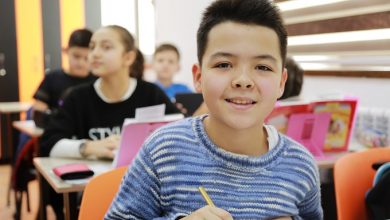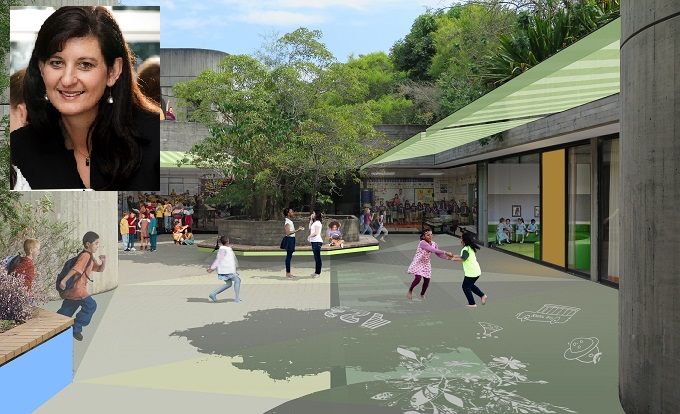|
They are you know. Words – combined with music they are indeed powerful instruments … as they are in the classroom. You could make a decent case that words, or the language we choose to deploy, is indeed the only weapon or instrument that Teachers really have.
This means that it’s critically important for Teachers to choose their words carefully. Take the concept of behavioural priming for example. Priming, put simply, is preparing students with our language to demonstrate the behaviours that we wish to see rather than reminding them of the behaviours that we don’t wish to see.
Think about using “I need you to move safely around the room” in preference to “Don’t run in my classroom”. One sentence reminds students of what we want and the other reminds them of what we don’t. I know which one sends a more positively implied behavioural instruction. The first sentence primes me to move safely.
Fundamentally, this is why ‘don’ts’ don’t work and why some schools and classrooms that are filled with rules about what students shouldn’t do are often the most unruly. We keep reminding them to play up!
Teachers with sharp weaponry are those who are battle ready for even the toughest classrooms. As you kick off 2018, it might be worthwhile to spend a little time sharpening your sword. Do you see what I did there? ‘Sword’ being an anagram ‘words’. There might just be something in that!
|



